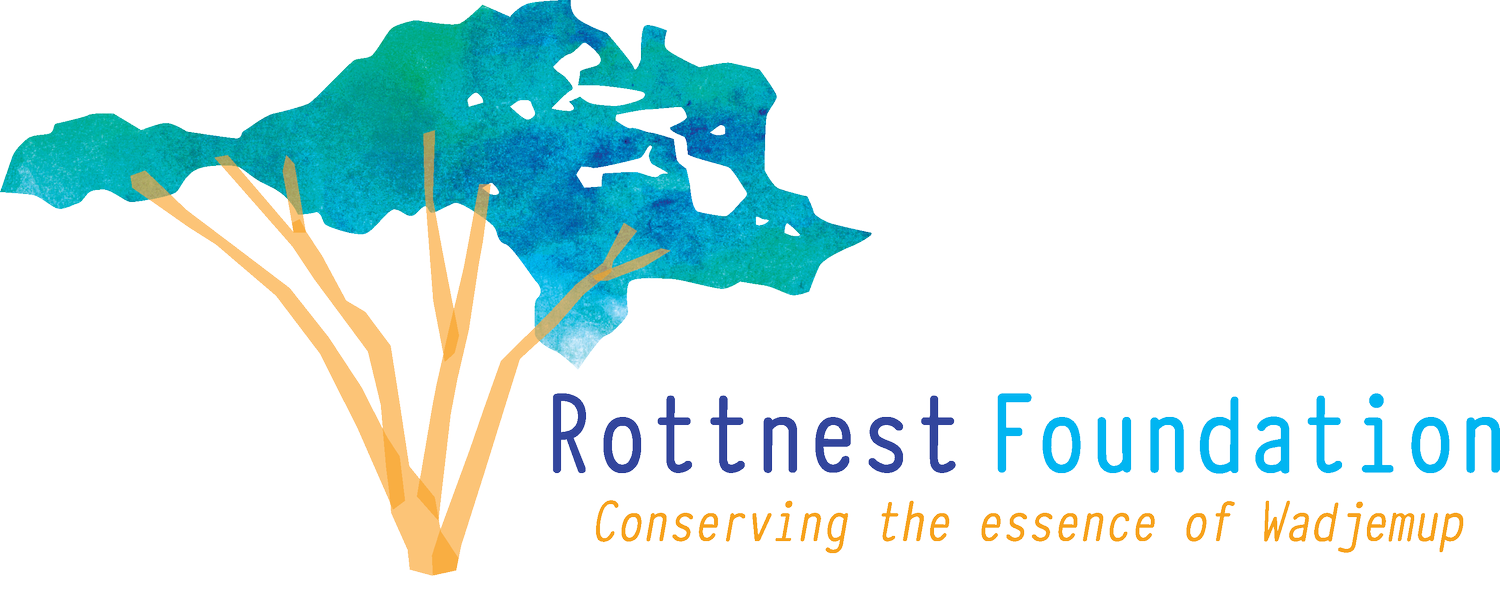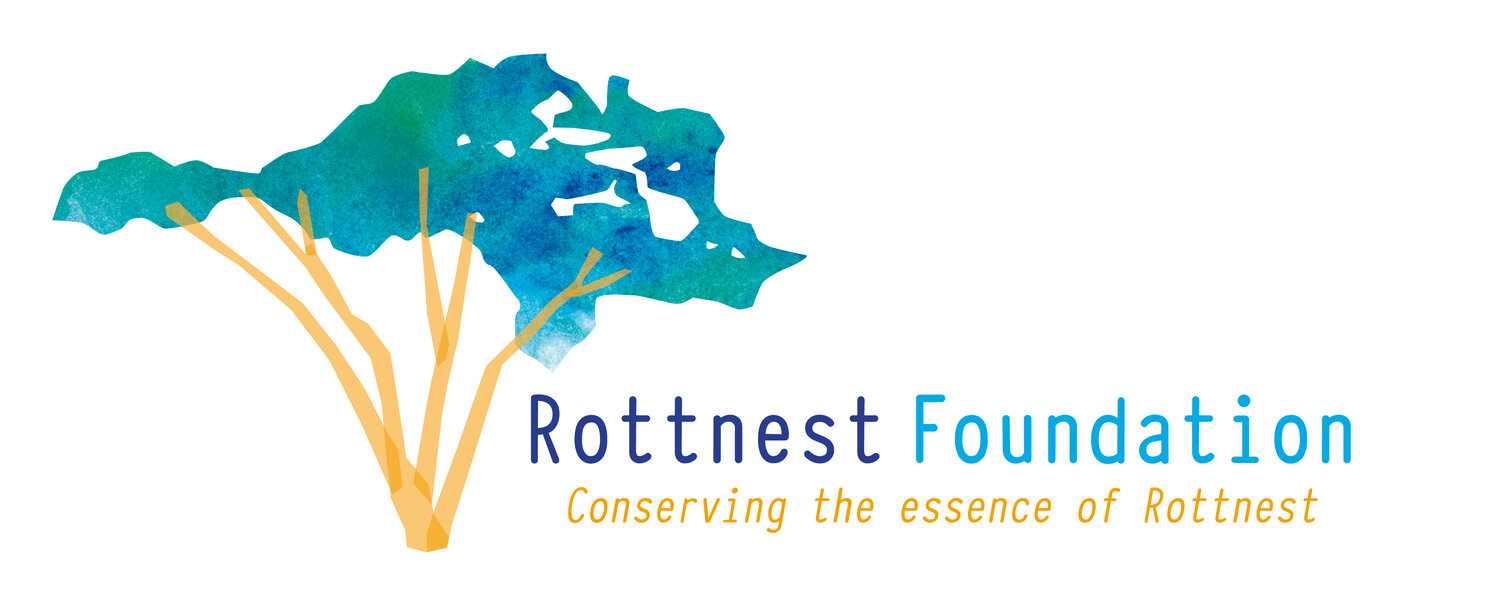Quokka research and monitoring
In partnership with the Margaret River Chocolate Co., the Rottnest Foundation supports ongoing research into the health and habitat of the quokka, the only mammal native to Rottnest Island. To date the partnership has contributed $45,000 which is raised from part proceeds from the sale of ‘Chokka the Quokka’ merchandise, including chocolate quokkas, t-shirts and mugs.
Rottnest Island supports the largest known quokka population in the world and is essential for the survival of the species. There are approximately 10,000-12,000 quokkas living on Rottnest Island and the species is listed as vulnerable under ICUN (2014). The Rottnest Island Authority has established the Rottnest Island Quokka Monitoring Program. The Focal Conservation Target for quokkas is the basis for setting goals, carrying out conservation and measuring conservation effectiveness. Population health and population size were selected as key attributes for the quokka conservation target. Five key indicators measure population health including body condition, parasite load, general health, weaning rates and survival rates. Relative abundance was chosen to measure population size. In 2018/2019 the Focal Conservation Target for quokkas achieved 91% and the health rating was ‘Very Good”.
The Quokka Monitoring Programme builds on knowledge from a PhD doctoral thesis by Veronica Phillips in 2016 entitled ‘The demographics and ecology of the Rottnest Island quokka (Setonix brachyurus)’, completed through UWA. The thesis can be found in the link below, attached with permission from the author.
Scientists from the University of Western Australia (UWA) have recently carried out world first genome mapping of the quokkas and more information can be found in the following link



